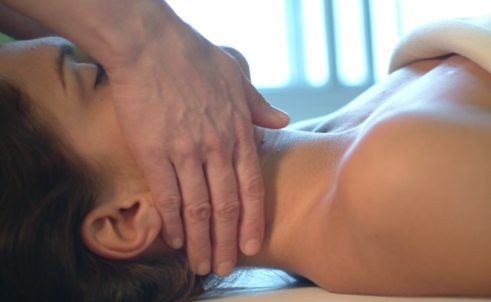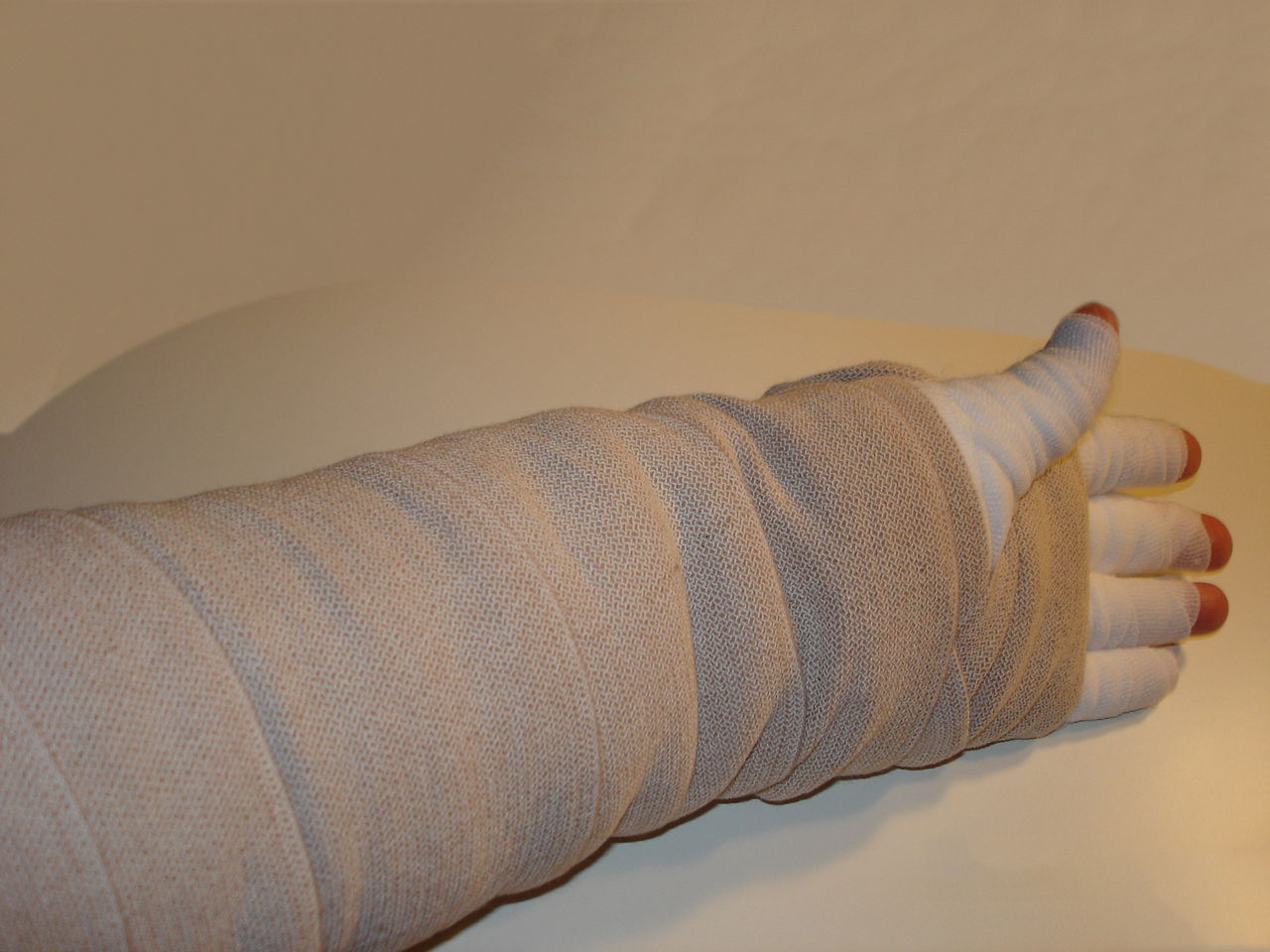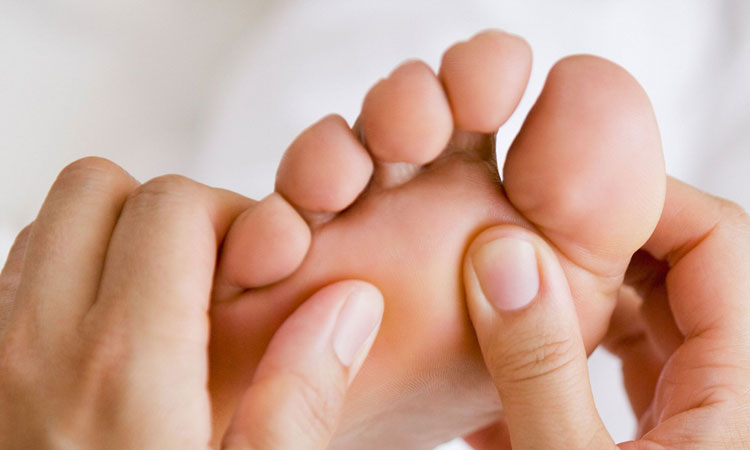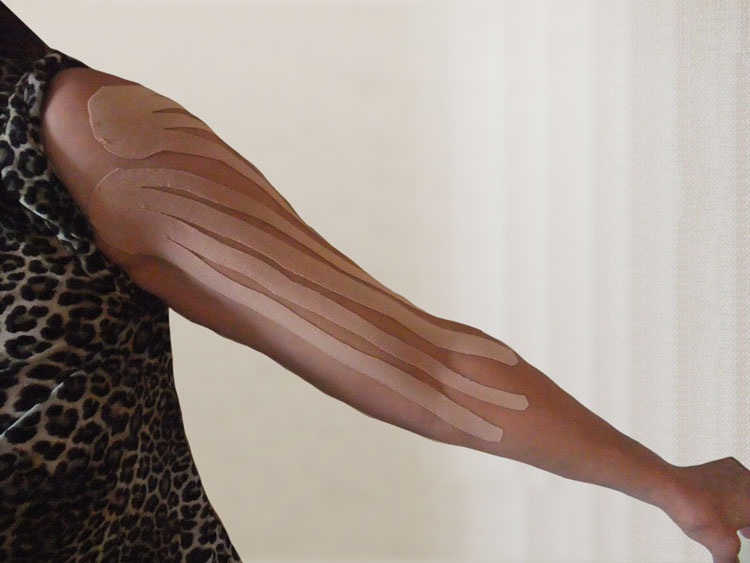




MLD originated in Europe around 1930. Through the decades that followed, the techniques were refined and evolved into many schools of training around the world. Today these techniques are taught to healthcare professionals like Registered Massage Therapists (RMTs).
RMTs can become Lymphedema Therapists after completing their massage training. They are highly skilled and knowledgeable. The “CDT” initials behind their name indicate their designation as a Lymphedema Therapist. (CDT stands for Complex Decongestive Therapy)
For more information about MLD as it relates to lymphedema, please click here and visit the links under the heading ‘Associations’.

Lymphedema Therapy or CDT is lymphatic drainage therapy applied to lymphedema patients.
Lymphedema can be the result of lymph node removal, trauma or surgery which can lead to an altered lymphatic system. This is called “secondary lymphedema”. A patient who is born with a compromised lymphatic system may have a condition known as “primary” lymphedema. Before commencing lymphedema therapy, it is important that the patient gets an accurate diagnosis from a medical doctor.
The treatment protocol is usually divided into 2 phases:
When the patient first comes for an MLD treatment the condition is often treated as an active phase. The swelling is usually still changing and has not stabilized. The limb or area involved can present with edema and can feel painful or stiff.
During the active phase of treatment, the following is addressed:
Once the affected limb or area is stabilized, the patient is no longer in the active treatment phase. This occurs when the swelling has decreased and the circumference measurements are fairly stable. The patient usually feels better due to less stiffness, pain, swelling, and restriction.
The main objective of this phase is to maintain the results achieved so far in the treatment process and prevent future complications.
The maintenance phase consists of:
Should a "flare up" arise, it is wise for the patient to contact their lymphedema therapist and make an appointment for MLD massage
In Ontario, RMTs are required to have 2200 hours of training at a qualified school before they can obtain their massage therapy diploma.
In my clinic, massage therapy consists of swedish massage techniques that are applied with mild to moderate pressure combined with trigger point therapy to address muscle knots (aka trigger points). Some other techniques may be included such as myofascial release, MLD and kinesio taping.

Kinesio taping began in 1973 by a Japanese chiropractor who had studied kinesiology. He designed this special tape which was used successfully on many of his patients for various musculoskeletal conditions. Today it is used successfully for various soft tissue and joint conditions. It has become popular with elite athletes because it is very effective and is now used in many clinics for sports injuries. In my clinic, it has been used for different lymphatic conditions including some forms of mild edema to improve lymph drainage.
Kinesio tape can be used in combination with various techniques:
